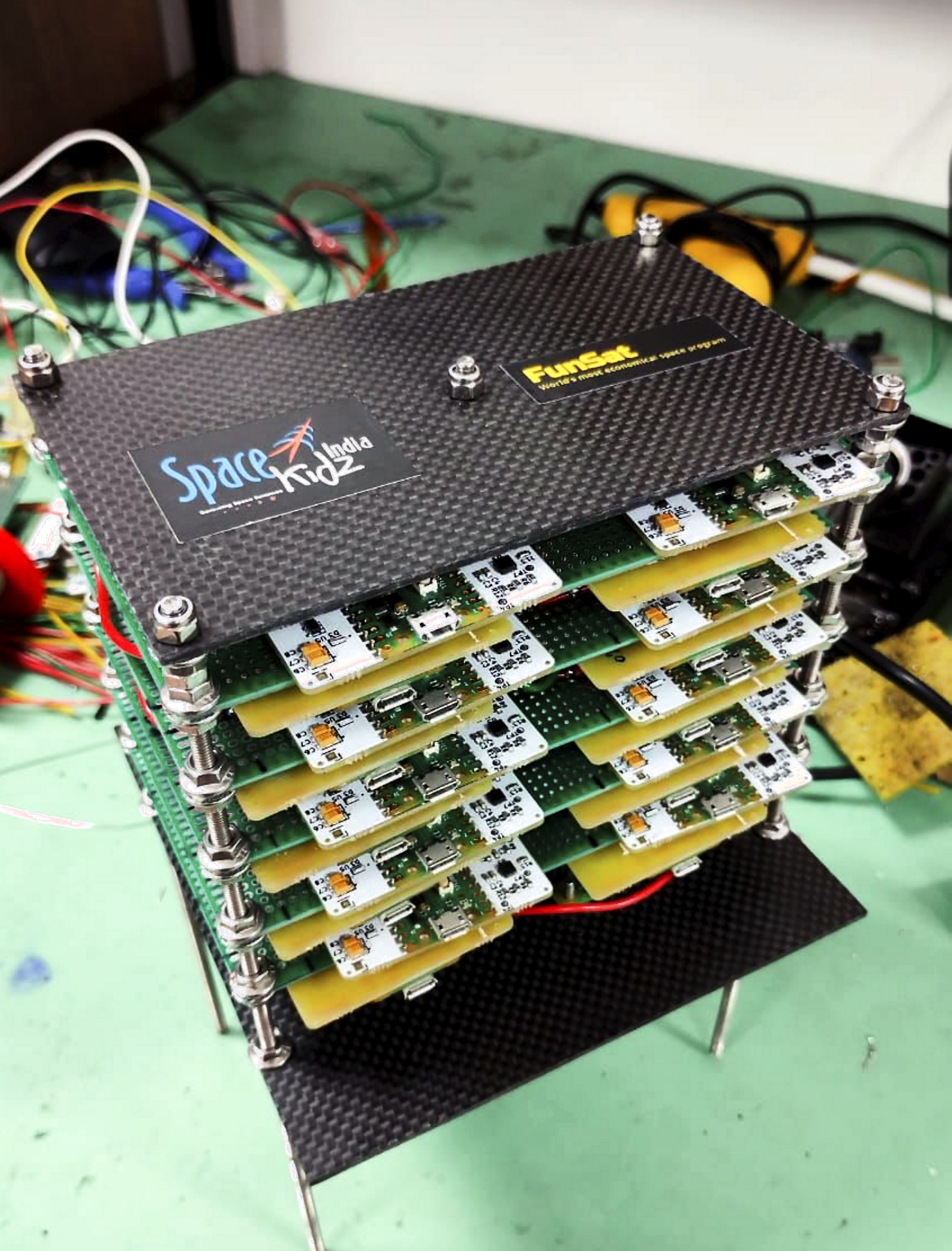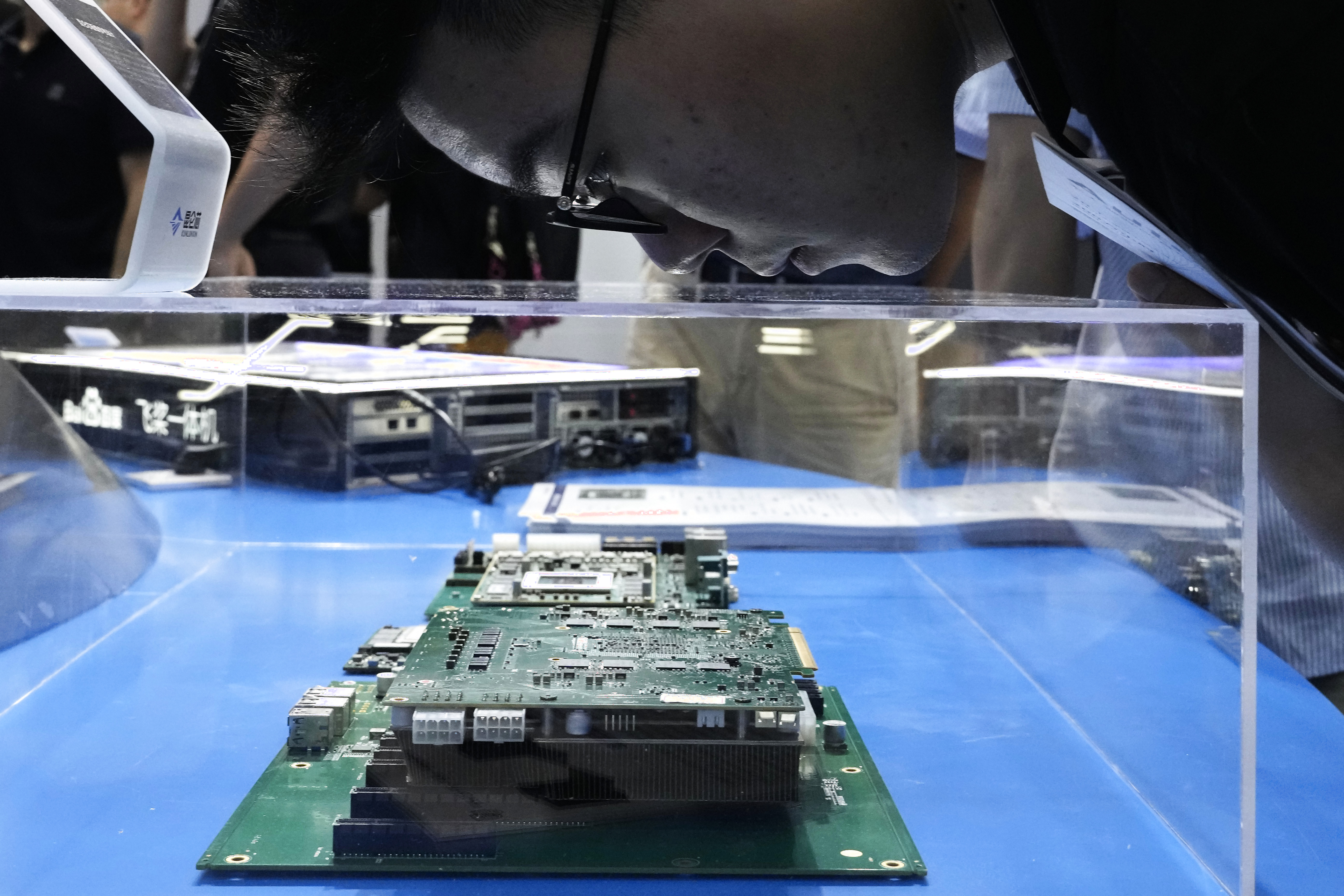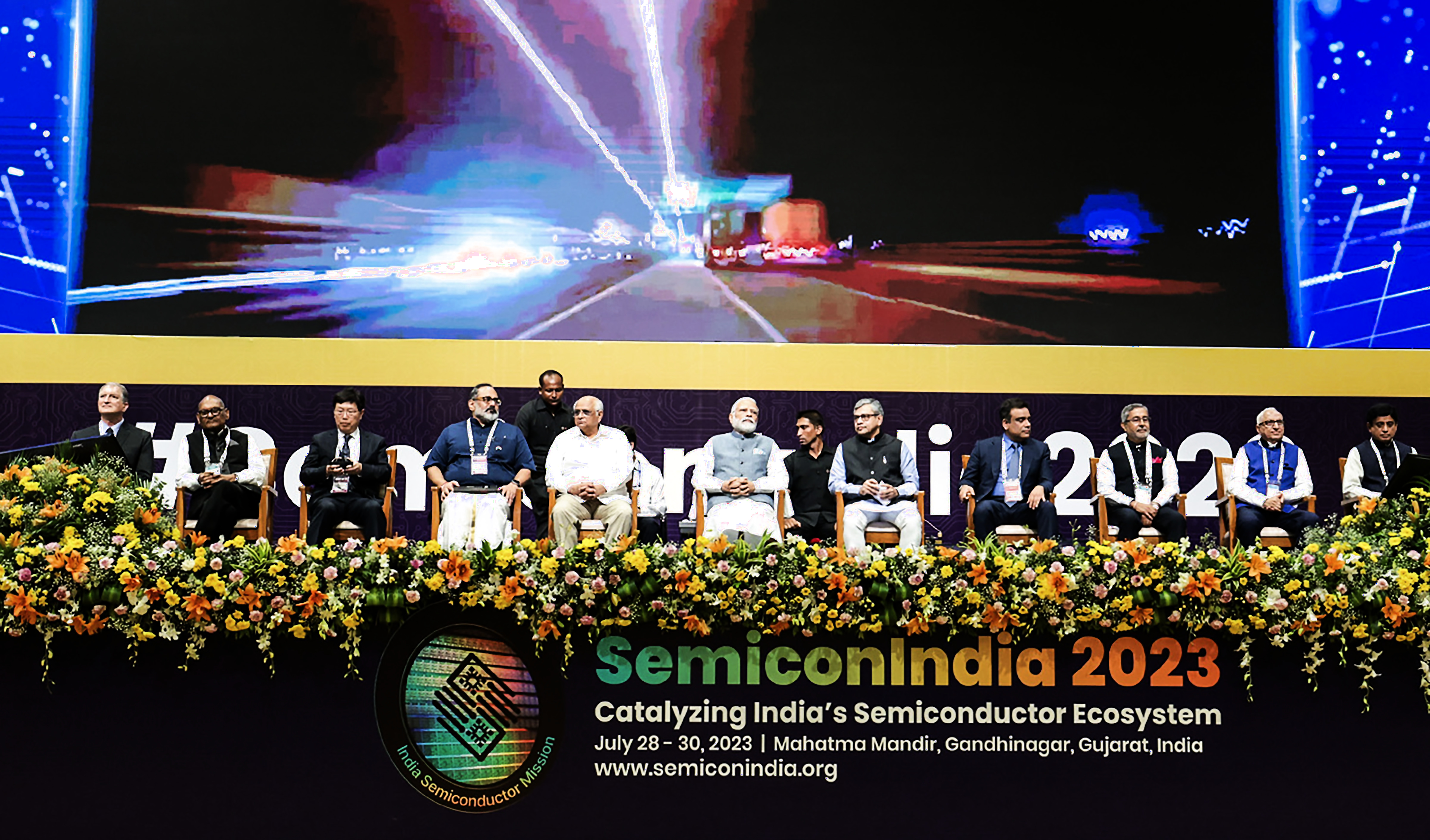
views
India’s consumption of semiconductors is expected to cross $80 billion by 2026 and $110 billion by 2030. The country is currently reliant on imports for the supply of chips but is looking forward to sharing the stage with the top leaders in the sector.
The country recently hosted SemiconIndia 2023 Conference where more than 8,000 persons from over 23 countries participated along with major global companies such as Micron Technology, Applied Materials, Foxconn, Cadence and AMD.
Why are Semiconductors So Significant?
Semiconductors are the most vital piece of electronics present in every electronic device ranging from smartphones to televisions, cars, washing machines, refrigerators, or even defence equipment.

These are materials that have electrical conductivity like a conductor such as copper wire and an insulator like plastic. This unique property makes them unique and a significant part of electronic devices.
Semiconductors are the foundation of everything digital in today’s world. The sector is attributed to driving the current technological progress that we see in this digital era. With the growth of digital technologies, supply chains have expanded rapidly. However, producing high-quality semiconductor materials is becoming increasingly difficult.
Huge Dependency on Imports
There is a huge dependency on foreign manufacturers including China and Taiwan, for the semiconductor chips. While China controls 5 percent of the world’s semiconductor market, Taiwan has over 65 percent of market share and is the world’s undisputed leader in raw semiconductor manufacturing.
However, in India, semiconductors are 100 percent dependent on imports with 37% coming from China in 2020, according to a report in ABP News.

The dependency on a few manufacturers was a risky business as trouble in the supply of chips could have led to a global crisis. This turned true during the Covid-19 pandemic when China implemented Zero-Covid strategy due to which the chip production significantly fell.
The automobile sector was the worst hit across countries as manufacturing plants were unable to supply cars and factories started shutting down. Other sectors like consumer electronics and telecommunications were also affected.
Where Does India Currently Stand?
As of now, India accounts for 1 percent of global trade in semiconductors and lacks domestic chip manufacturing capabilities despite engineering talent.

In order to reduce imports and setup local manufacturing, India announced an incentive plan of around Rs 76,000 crore in December 2021 to attract firms that would help the country build an ecosystem for chip manufacturing.
The country has a huge market for electronics good and the industry seen remarkable growth in recent years. It is also the world’s second-largest producer of mobile phones, where the semiconductors are most used. India is also a leading manufacturer of electronic devices like LED TVs and laptops

Moreover, India is looking forward to lead in the semiconductors supply chain with its policy Make in India and Make for the World.
Good Signs
India has announced a series of developments in the Semicon sector that throws light on the roadmap the country is trying to make for the next decades. Here are some of the recent developments:
- US-based semiconductor company Micron Technology has announced that it is all geared up for setting up India’s first chip facility in Gujarat, which will create 5,000 direct and 15,000 indirect jobs in coming years. Sanjay Mehrotra, President and CEO of Micron Technology, said the investment is expected to catalyse other investments, enhance manufacturing and job creation in the semiconductor space.
- Vedanta Group has announced that the country’s first semiconductor and display fabs will be made in Dholera in Gujarat. The conglomerate’s chief Anil Agarwal said that the first made-in-India chips from the company’s planned fab will roll out in the next 2.5 years.
- US chipmaker Advanced Micro Devices (AMD) is investing $400 million in India over the next five years and also announced setting up its largest R&D design centre in India. The company will open a new research and development campus in Bengaluru, which will be its largest such facility in world.
- Foxconn, which recently called off its joint venture with Vedanta, said it has not found a new partner for its semiconductor venture in India. However, the electronics giant said it is committed to contribute to India’s semiconductor sector and will continue to work closely with Vedanta in many other industries. It added that the company is optimistic about direction of India’s semiconductor roadmap and asserted that Taiwan is and will be India’s most trusted and reliable partner.
- In January this year, US Semiconductor Industry Association and India Electronics and Semiconductor Association (IESA) decided to form a private sector task force to strengthen bilateral collaboration in the semiconductor ecosystem.
Long road for India
The semiconductor sector, with its cross-cutting economic and strategic importance, is projected to reach over $1 trillion by 2030. Meanwhile, India’s semiconductor market is forecast to grow from $15 billion in 2020 to $110 billion in 2030.
The active interest of leading global companies and FDI in the sector to establish manufacturing facilities in India reflects progress and is a welcome sign. With the recent take-offs, it wouldn’t be an exaggeration to say that the country has an opportunity to enter the global value chain and lead the race rather than follow it.
Its not just India which is trying to entre the global Semicon race. Countries across the world and especially in Europe are keen on developing the semiconductors sector and shift the trade balance away from East Asia. Moreover, the sector is expected to grow significantly in the coming years due to the rise of emerging technologies like artificial intelligence, 5G, robotics, etc.




















Comments
0 comment